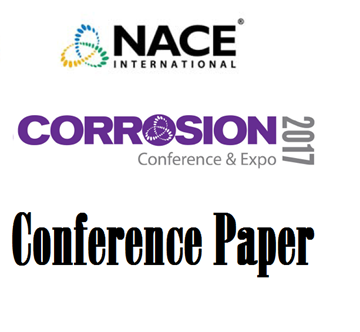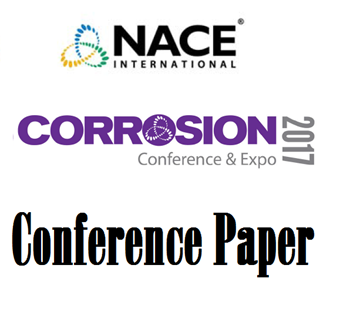Search
Energy Generation
View as
Sort by
Display
per page
Developing a Life-Cycle Cost Analysis Framework to Evaluate the Cost-Effectiveness of Hydroelectric
Product Number:
51317--9099-SG
ISBN:
9099 2017 CP
Publication Date:
2017
$20.00
Development of a Corrosion Control Program for Liquid Radioactive Wastes Stored in Carbon Steel Waste
Product Number:
51317--9688-SG
ISBN:
9688 2017 CP
Publication Date:
2017
$20.00
Field Guide to Internal Corrosion Mitigation and Monitoring for Pipelines (E-book)
Product Number:
37610-E
ISBN:
978-1-57590-328-6
Publication Date:
2016
$130.00
High Voltage Direct Current Interference on Buried Pipelines: Case Study and Mitigation Design
Product Number:
51317--9049-SG
ISBN:
9049 2017 CP
Publication Date:
2017
$20.00
Hydrogen Cracks in Belgian Nuclear Reactor Pressure Vessels: Five Years After Their Discovery
Product Number:
51317--9457-SG
ISBN:
9457 2017 CP
Publication Date:
2017
$20.00
Hydrogeochemical Modelling to Monitor Scaling and Corrosion during Geothermal Energy Production
Product Number:
51317--9044-SG
ISBN:
9044 2017 CP
Publication Date:
2017
$20.00
Irradiation Accelerated Corrosion of 316L Stainless Steel T91 and Zircaloy-4 in Primary Water
Product Number:
51317--9131-SG
ISBN:
9131 2017 CP
Publication Date:
2017
$20.00
Localized Corrosion of Aluminum Alloy 5052 for Desalination Service
Product Number:
51317--9151-SG
ISBN:
9151 2017 CP
Publication Date:
2017
$20.00
Materials Selection Challenges for Geothermal Energy Projects
Product Number:
51317--9258-SG
ISBN:
9258 2017 CP
Publication Date:
2017
$20.00
Methods of Monitoring Reinforced Concrete Corrosion in Formulations for Nuclear Facilities
Product Number:
51317--9154-SG
ISBN:
9154 2017 CP
Publication Date:
2017
$20.00
Microstructural Study of the Corrosion Effect on AlCrFeNiMn Multicomponent Alloy Tested in Geothermal Environment
Product Number:
51317--8916-SG
ISBN:
8916 2017 CP
Publication Date:
2017
$20.00












